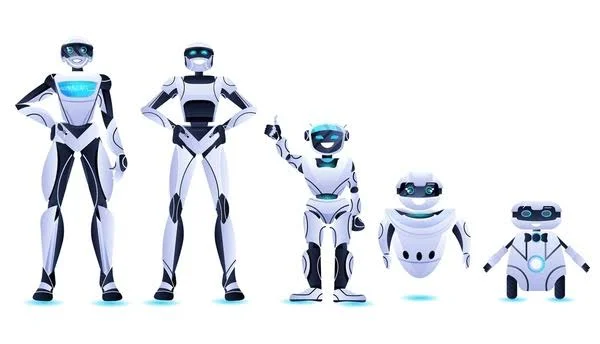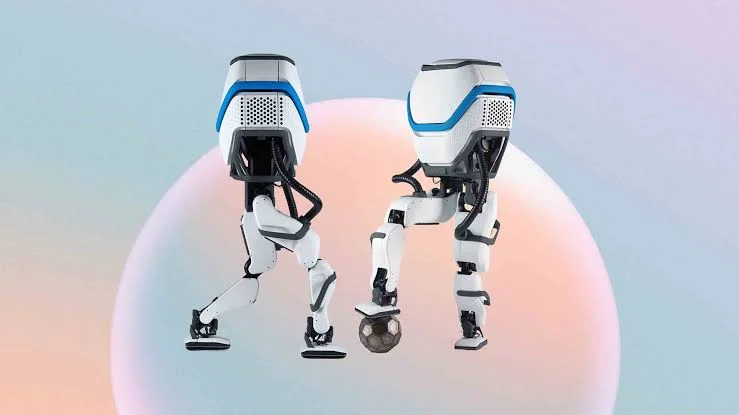Designing a robot is a fascinating endeavor that combines creativity, engineering expertise, and problem-solving skills.
Whether you're an aspiring mechanical engineer or an experienced professional looking to dive into the world of robotics, this comprehensive guide will walk you through the essential steps and considerations in designing a robot that can perform specific tasks effectively. From conceptualization to prototyping, we'll cover all aspects of the design process.
- Define Your Robot's Purpose Before you start designing, clearly define the purpose and intended tasks of your robot. Is it for industrial automation, healthcare, exploration, or a unique application? Understanding the mission is the foundation of a successful robot design.
- Conceptualize Your Robot: Sketch out your robot's basic design, considering its physical structure, mobility, sensors, and actuators. Explore different concepts and evaluate their feasibility.
- Select the Right Mechanical Components: Choose materials, motors, gears, and other mechanical components based on your robot's requirements. Consider factors like load capacity, speed, and precision when making your selections.
- Design the Robot's Mechanical Structure: Create detailed 3D CAD models of your robot's mechanical structure. Ensure that it's sturdy, lightweight, and optimized for its intended tasks. Pay attention to factors like rigidity and balance.
- Integrate Sensors and Actuators: Integrate sensors (such as cameras, ultrasonic sensors, or gyroscopes) and actuators (motors, servos, etc.) into your robot's design. Ensure they are properly placed and calibrated for precise control.
- Develop the Control System: Design the control system, including microcontrollers, processors, and software. Write code to manage the robot's sensors, actuators, and decision-making algorithms.
- Consider Power Supply and Energy Efficiency: Select an appropriate power supply system (batteries, solar panels, etc.) and optimize your robot's energy efficiency for extended operation.
- Prototyping and Testing: Build a prototype of your robot to test its functionality and identify potential issues. Iteratively refine the design based on testing results.
- Safety Measures: Incorporate safety features and fail-safes to prevent accidents during operation. This includes emergency stops and protective barriers where necessary.
- User Interface and Human-Robot Interaction: Design a user-friendly interface for controlling and interacting with the robot. Consider user experience and ergonomics.
- Aesthetics and Packaging: If applicable, consider the robot's aesthetics and packaging for market appeal and user acceptance.
- Documentation: Thoroughly document your robot's design, including CAD files, code, and technical specifications. This documentation is essential for troubleshooting and future modifications.
- Manufacturing and Production: Once your robot design is finalized, plan for manufacturing and production at scale. Work closely with manufacturers to ensure quality and consistency.
- Maintenance and Upgrades: Design your robot with maintenance in mind, and provide a pathway for future upgrades and enhancements.
Conclusion: Bringing Your Robot to Life
Designing a robot is a challenging yet rewarding endeavor that demands a multidisciplinary approach. By following this comprehensive guide, you'll have the knowledge and framework to design robots that can tackle real-world tasks effectively. Embrace the creativity and innovation that comes with robot design, and contribute to the ever-evolving field of robotics.


Comments (0)
Please login to join the discussion
Be the first to comment on this article!
Share your thoughts and start the discussion